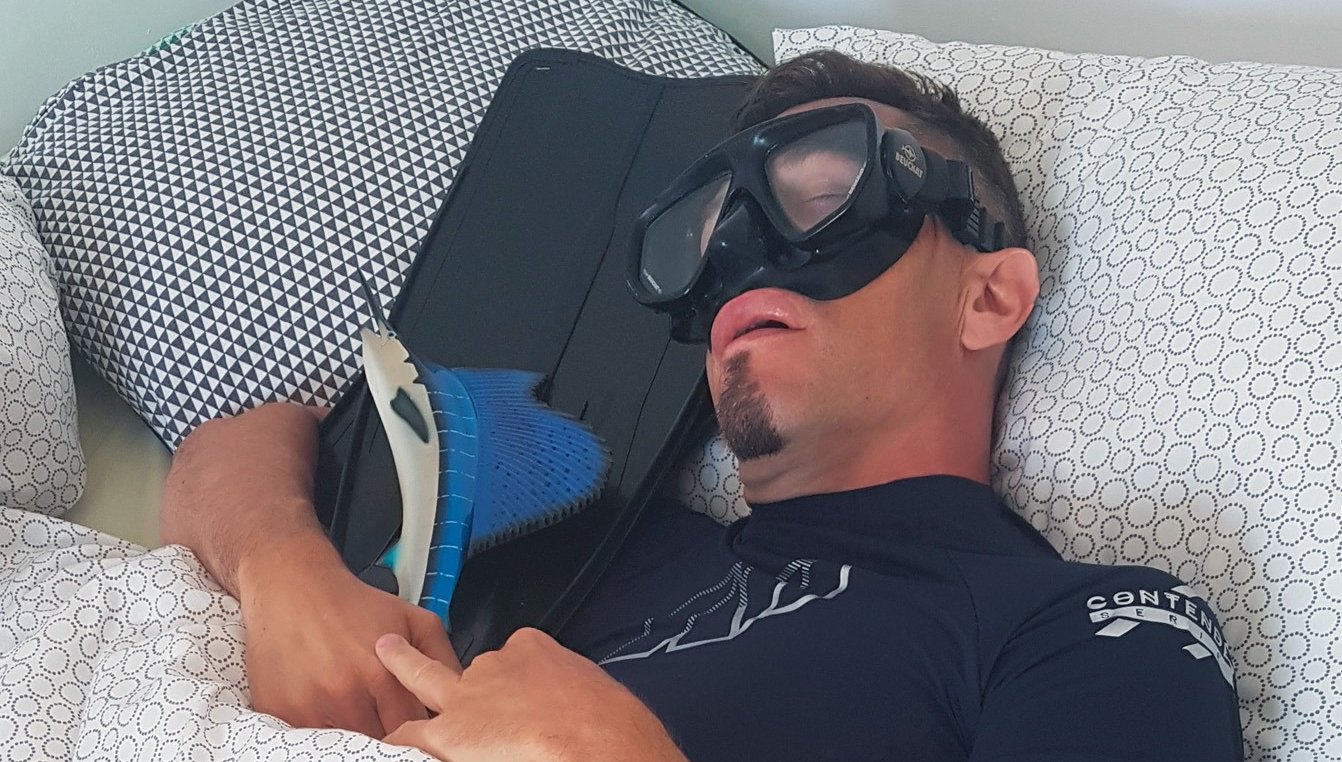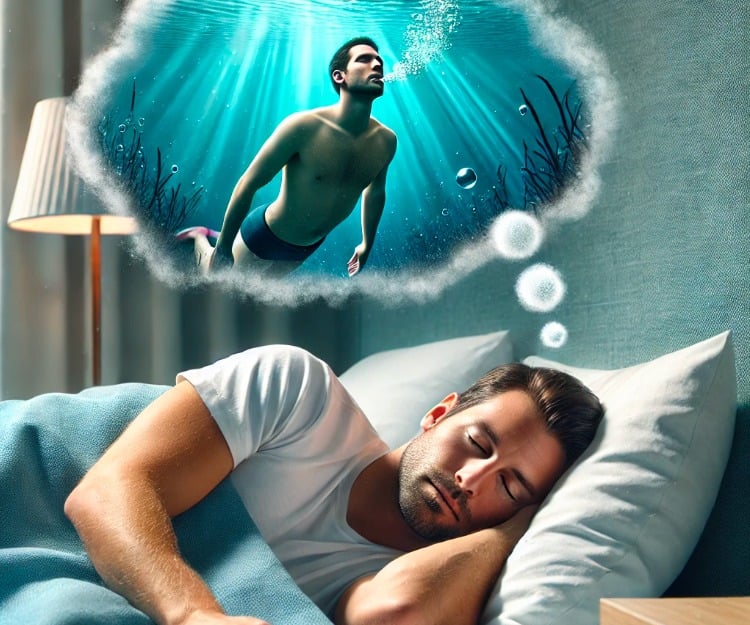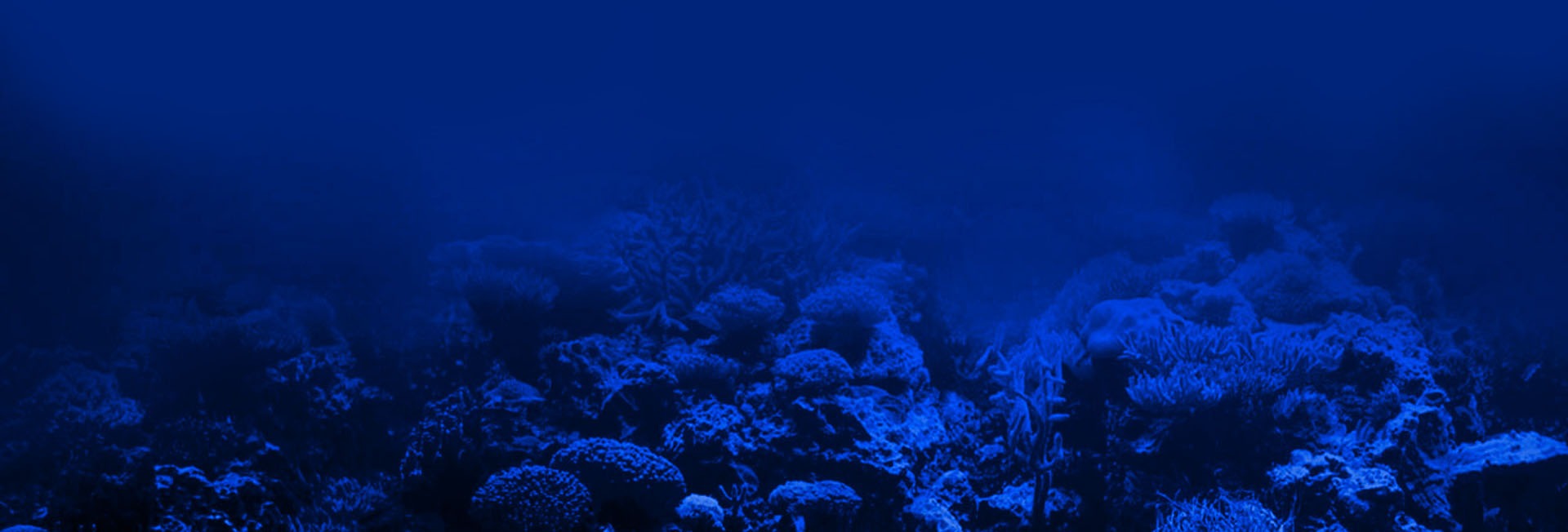Is freediving the same as sleep apnea?
STUDIES & SCIENCES


What is apnea?
The term apnea comes from Greek, literally meaning "without breath." This phenomenon can be voluntary, as in freediving, or involuntary, as in sleep apnea. These two conditions have radically different mechanisms and impacts, though they share a common feature: a temporary suspension of breathing.
Freediving: mastering breath-hold
Freediving is a discipline growing in popularity. It involves voluntarily holding one’s breath to dive underwater without breathing equipment. Freedivers train their bodies and minds to tolerate physiological changes, extending their time underwater and exploring the marine world.
The physiology of freediving
During a freedive, the body undergoes physiological changes that allow for prolonged breath-hold:
Bradycardia (slowed heart rate): Immersion in cold or temperate water triggers a decrease in heart rate, conserving oxygen for vital organs.
Peripheral circulation reduction: Blood is redirected to central organs, reducing oxygen consumption in muscles and extremities.
CO₂ tolerance: The urge to breathe is primarily triggered by CO₂ accumulation in the blood. Freedivers develop a tolerance for CO₂ to delay this sensation without compromising their health.
Hypoxia management (low oxygen levels): Freedivers learn to recognize hypoxia signs and manage their oxygen reserves to avoid blackouts.
Freedivers thus train to control their breathing and mental state, which requires significant effort but enables safe practice. However, freediving should never be done alone: underwater blackouts are a real risk, and having a partner is an essential precaution to ensure safety.


Sleep apnea: an involuntary health disorder
Unlike freediving, sleep apnea is an involuntary respiratory disorder that occurs when breathing repeatedly stops during sleep. This condition often affects the quality of life and can have severe health consequences if untreated. Sleep apnea is caused by muscle relaxation in the throat or a central nervous system anomaly, blocking the free flow of air.
The physiology of sleep apnea
There are two main types of sleep apnea:
Obstructive Sleep Apnea (OSA): The most common form, caused by throat muscle relaxation blocking the airway. OSA affects about 3-7% of men and 2-5% of women in adult populations, although children and adolescents can also be affected.
Central Sleep Apnea (CSA): A rarer form, occurring when the brain fails to send the correct signals to respiratory muscles. It is more common in older individuals and is often associated with other medical conditions.
Consequences :
Repeated interruptions in breathing lead to poor sleep quality, causing long-term effects:
Excessive daytime sleepiness: Due to fragmented sleep, people with sleep apnea often suffer from chronic fatigue.
Increased cardiovascular risk: Untreated apnea can raise the likelihood of developing hypertension, strokes, and heart disease.
Cognitive and mental health issues: Poor sleep quality impacts cognitive functions and mental health.
The two major types of apnea are therefore:
1. Voluntary apnea: often practiced as part of freediving or respiratory training to increase lung capacity.
2. Involuntary apnea: generally a respiratory pathology, common during sleep, and which requires appropriate treatments.
Analogies between freediving and sleep apnea
Despite their differences, there are notable similarities between these two types of apnea:
Breath-holding: In both cases, breathing is temporarily interrupted, albeit voluntarily in freediving and involuntarily in sleep apnea.
Impact on oxygen saturation: Both forms of apnea reduce blood oxygen levels, with physiological consequences that require monitoring to avoid risks.
Safety considerations: Whether in an aquatic or nocturnal context, risk management and appropriate solutions are crucial for the health and well-being of those affected.
Differences between freediving and sleep apnea
Key distinctions include:
Voluntary vs. involuntary: Freediving is a deliberate and controlled act, while sleep apnea occurs uncontrollably and often without the person’s awareness.
Environment: Freediving takes place in an aquatic and controlled setting, whereas sleep apnea occurs during rest.
Purpose: Freediving aims for athletic or meditative achievements, while sleep apnea is a health disorder requiring treatment.
photo apnea-sub
Solutions et treatments
Freediving
Specific training: Freedivers focus on diaphragmatic breathing, CO₂ tolerance, and lung capacity.
Safety precautions: It’s essential to dive with a buddy capable of intervening in case of a blackout and to know one’s limits to prevent accidents.
Well-being benefits: Freediving is recognized for its calming effects, improving respiratory capacity, reducing stress, and promoting meditation. These benefits may indirectly help those with respiratory disorders, though they are not a treatment for sleep apnea.
Sleep apnea
CPAP devices: Continuous Positive Airway Pressure (CPAP) therapy effectively prevents airway obstruction by delivering a constant flow of air.
Surgery: In some cases, surgery can correct airway anomalies to reduce obstructive apnea symptoms.
Lifestyle improvements: Weight loss, reduced alcohol consumption before bed, and side-sleeping techniques can help alleviate sleep apnea symptoms.
Behavioral and medical therapies: Some treatments target sleep habits or use medications to stimulate breathing in central apnea cases.
Conclusion
While freediving and sleep apnea are linked by the concept of respiratory suspension, they serve different purposes: one is a voluntary act exploring the limits of mind and body, while the other is a medical condition with potentially severe consequences. In all cases, whether enhancing underwater performance or regaining better sleep quality, understanding these mechanisms is crucial for optimizing health and safety.
Freediving may, in some cases, improve respiratory control and mental well-being. However, it is not a substitute for medical treatment of sleep-related breathing disorders. Therefore, consulting specialists for tailored follow-ups and ensuring solutions effectively address individual needs are vital.

